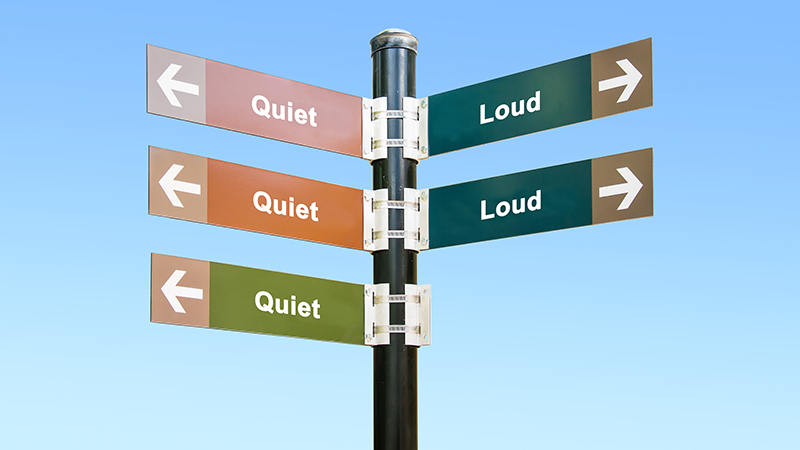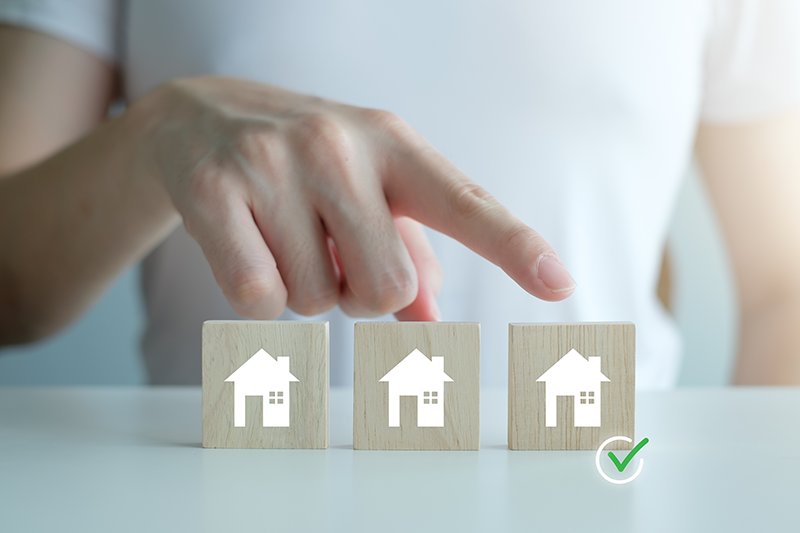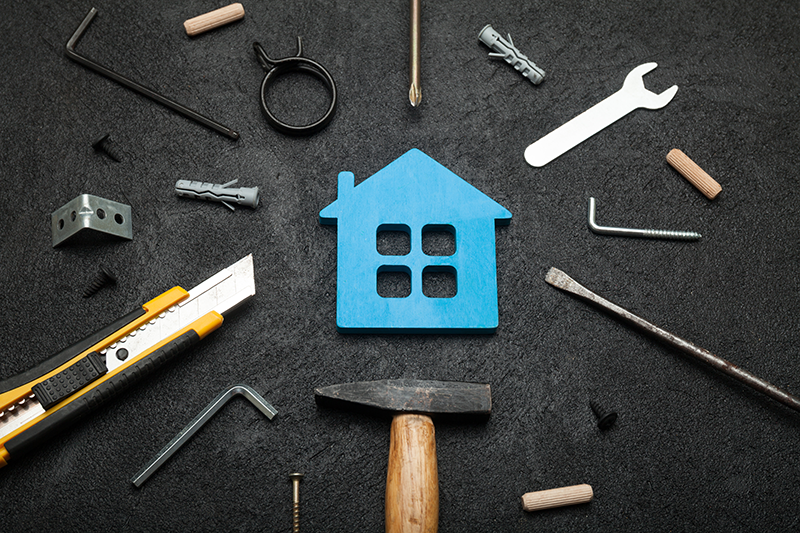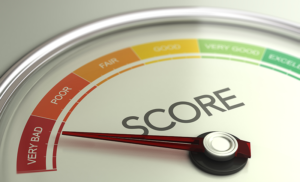Third Quarter 2023 sales statistics (July – September) showed that the average sales price of Lansing area homes increased from $231,429 to $240,458 as compared to the third quarter of 2023. This 3.9% represents an average home value increase of $9,029.
Third Quarter 2023 Sales Statistics
The fact that there were 977 fewer sales to date in 2023 (-18.6%) represents a low number of homes being offered for sale…not from any lack of enthusiasm on the part of buyers. Just about any properly priced home will receive multiple offers and be off the market within a few days. For established sellers, there is a serious reluctance to give up a 3.5% mortgage in order to enter into a now 8% mortgage on a different home. This, and unstable economic conditions is the main reason is the low number of homes to choose from.
Fall sales continue to brisk and show no sign of slowing as we move into November. Traditionally, sale begin to slow as we enter the holiday season.
Lansing Area Market View – October 30, 2023
676 – currently listed homes for sale in the five county greater Lansing area.
261 – homes with accepted offers. (Awaiting inspections and/or appraisal.)
311 – homes listed as Pending. (Have completed inspections and will soon close.)
4690 – homes that have closed since January 1, 2023.
Current Mortgage interest rates (one percentage higher than second quarter)
30-year fixed – 7.83% ($722 per $1000)
15-year fixed – 7.15% ($900 per $1000)




